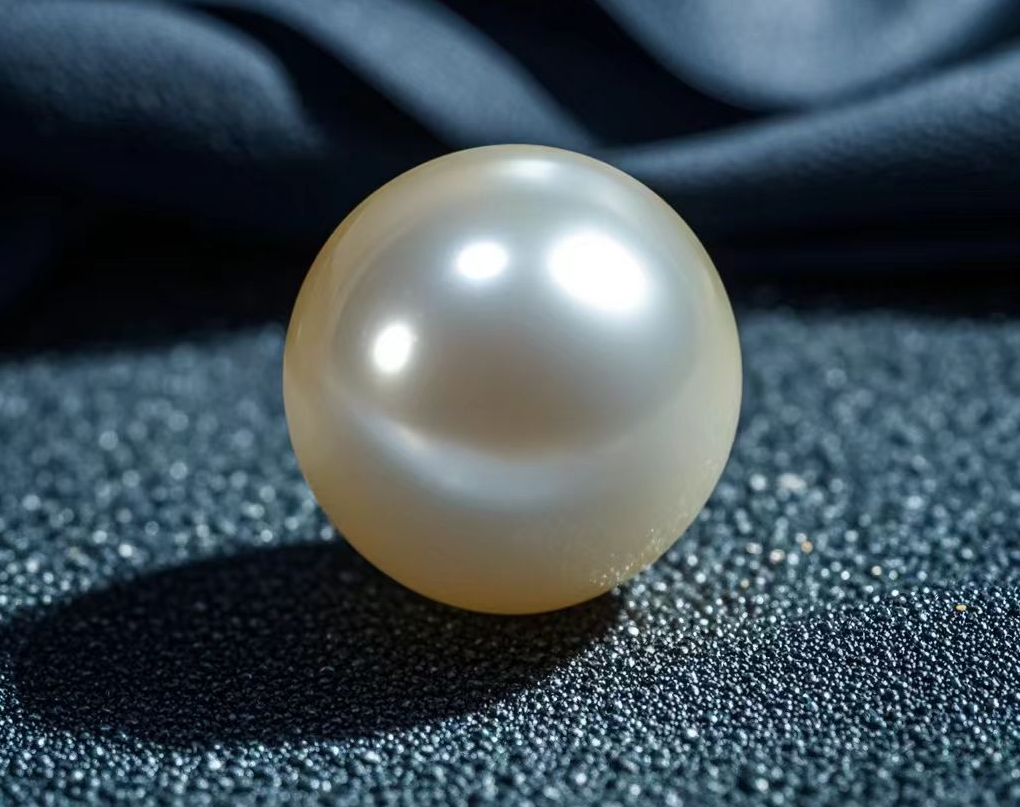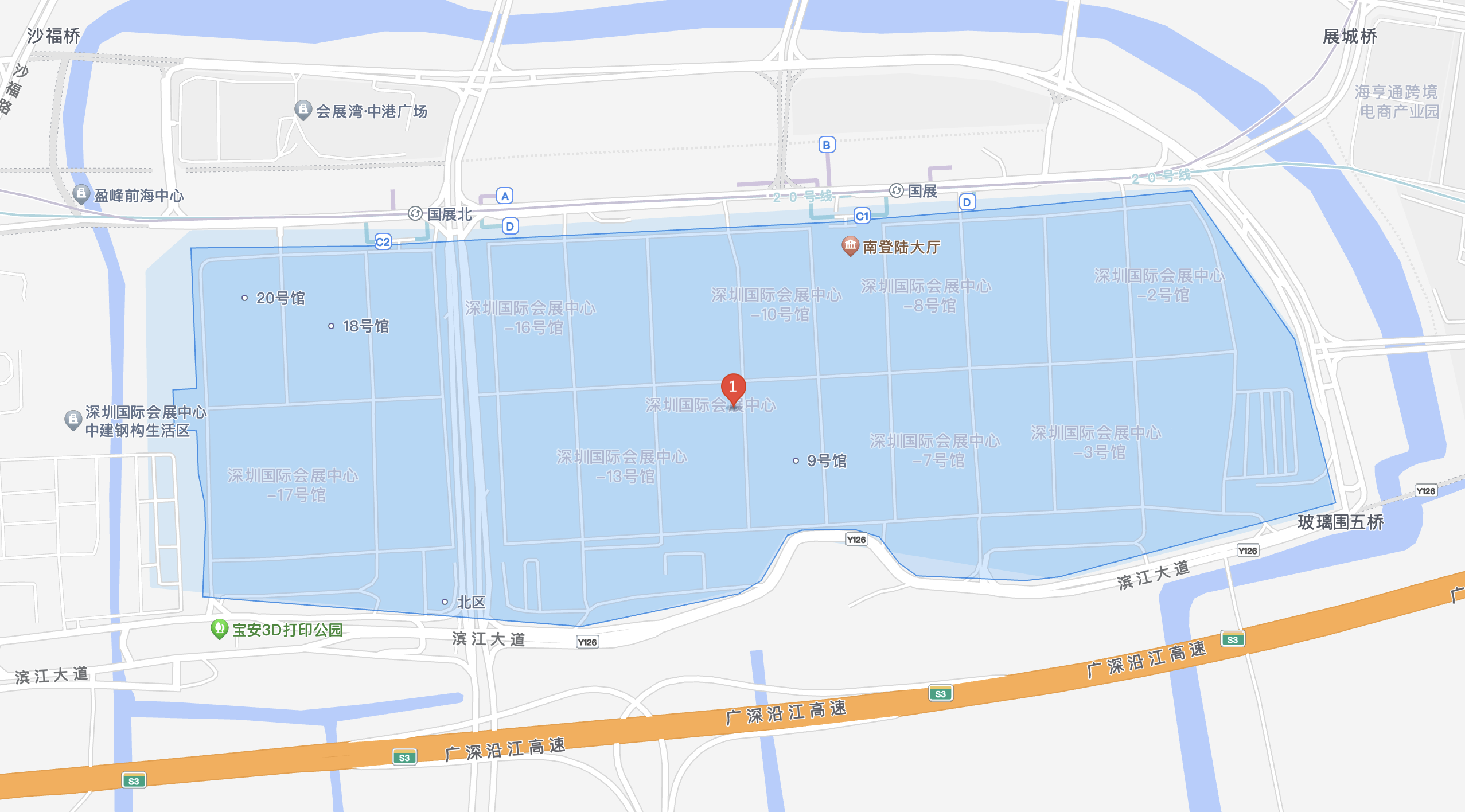As an authority in the jewelry industry, GIA (Gemological Institute of America) has been known for its professionalism and impartiality since its inception. GIA's four Cs (color, clarity, cut and carat weight) have become the gold standard for diamond quality evaluation worldwide. In the field of cultured pearls, GIA also plays an important role, and its GIA 7 pearl value factors (size, shape, color, pearl quality, luster, surface and matching) provide a scientific basis for the identification and classification of pearls.
However, there are a large number of imitation pearls and inferior pearls in the market, which are shoddy and fake, making it difficult for consumers to distinguish. Consumers often lack the expertise and experience to distinguish pearls from fake ones, and merchants may take advantage of this information asymmetry to mislead consumers. Specifically, the reasons why pearls are difficult to identify can be mainly attributed to the following aspects:
1. High similarity in appearance
Shape and color: The shape of natural pearls is different, it is difficult to completely rule the same, and the color is mostly translucent, accompanied by natural colorful fluorescence. Imitation pearls, such as those made of glass, plastic or shells, can be very regular in shape, and the color may be similar to that of natural pearls through dyeing techniques. This makes it difficult to directly distinguish the real from the fake based on appearance alone.
Gloss: Natural pearls have a unique luster, high gloss and natural. However, some high-quality imitation pearls can also be treated by special processes to achieve a similar luster effect, increasing the difficulty of identification.
2. Slight differences in physical characteristics
Touch and weight: Natural pearls will feel cold when touched, and have a certain sense of weight. However, this difference may not be obvious to the non-specialist, as some imitation pearls can also be specially treated to simulate this touch.
Springiness: Although the springiness of real pearls is usually higher than that of fake pearls, this difference needs to be compared under specific conditions to be clearly perceived, and it is difficult for ordinary consumers to use as the main basis for identification.
3. The identification methods are complex and diverse
Friction test: Real pearls produce tiny blemishes and powders after rubbing, while fake pearls do not. However, this method requires a certain amount of skill and experience, and may cause some damage to the pearl.
Magnifying glass inspection: Small irregularities and imperfections on the surface of real pearls can be observed using a magnifying glass, but this method also requires specialized knowledge and experience.
Other test methods: such as burning smell, ultraviolet irradiation, etc., although these methods are effective, but the operation is complex and may cause irreversible damage to the pearl, so it is not suitable for ordinary consumers.
Introduction of RFID technology
In order to help consumers better distinguish between genuine and fake pearls, GIA and Fukui Shell nuclear Plant recently worked together to apply RFID (radio frequency identification) technology to the field of cultured pearls, creating a new era of pearl tracking and identification. The Fukui Shell Nuclear Plant submitted a batch of akoya, South Sea and Tahitian pearls containing unique RFID chips to GIA. These RFID chips are embedded in the pearl core through patented pearl authentication technology, so that each pearl has a unique "ID card". When the pearls are examined by GIA, the RFID reader can detect and record the reference tracking number of the pearls, which can then be incorporated into the GIA cultured pearl classification report. The application of this technology marks an important step for the pearl industry in improving product quality control and anti-counterfeiting traceability.

As consumer demands for sustainability and product transparency continue to increase, this collaboration between GIA and Fukui Shell Nuclear Plant is particularly important. The integration of RFID technology with GIA's Cultured Pearl report not only gives consumers a clear picture of the origin, growth process and quality characteristics of each pearl, but also promotes transparency throughout the pearl supply chain. This not only helps to combat counterfeit and shoddy products in the market, but also enhances consumers' trust and confidence in the pearl industry.
The application of RFID technology has also injected new vitality into the sustainable development of the pearl industry. By accurately tracking the growth, processing and sale of pearls, companies and consumers can more intuitively feel the importance of sustainable development. This will not only help reduce resource waste and environmental pollution, but also encourage more pearl producers to adopt more environmentally friendly and sustainable production methods, and jointly promote the green transformation of the pearl industry.
This paper is from Ulink Media, Shenzhen, China, the organizer of IOTE EXPO (IoT Expo in China)


















